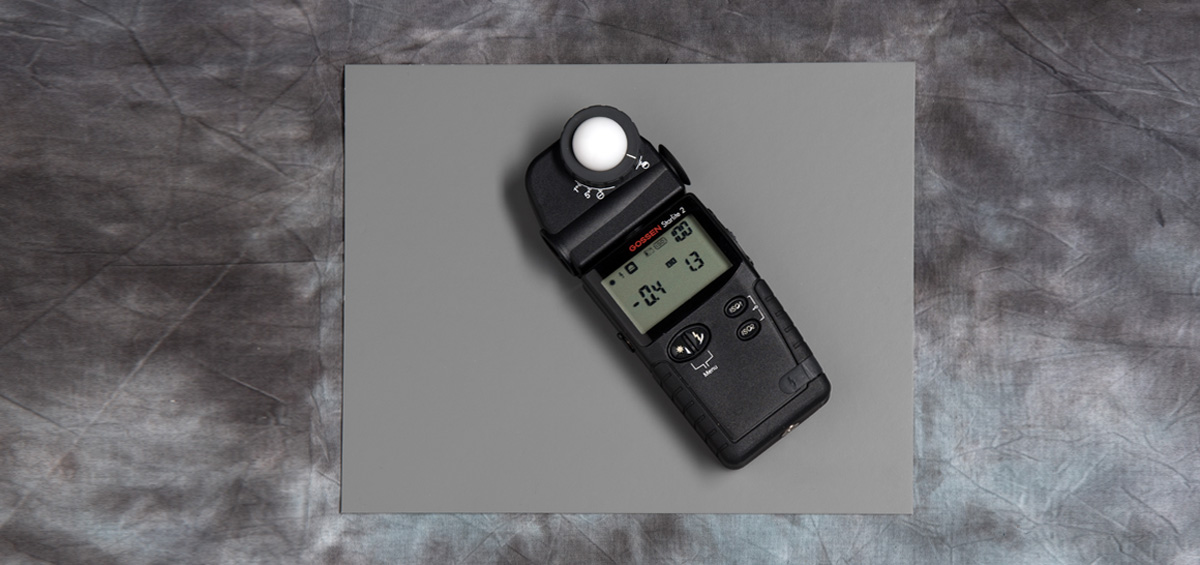You ll be confident knowing that your instruments will provide accurate measurements.
Light meter calibration procedure.
We state our traceability to our in house 0 5 nist standard as 3.
Our light meter calibration processes ensure that your instruments meets engineering machining parts design quality control and inspection requirements.
Switch the camera to manual mode and deactivate all functions that affect the exposure.
Multiple test points are taken across the full range of the device at intervals based on type of equipment.
The 3 sigma accuracy to the calibrated probe is 3 0 maximum but g r labs standard is a 1 0 window from calibration to calibration.
Our light meter calibration procedure requires our experienced technicians to take measurements by direct comparison to a calibrated standard meter and reference source.
The light meter then gathers the reflected or incident light levels as per the type used.
Professional light intensity lux meter that measures illumination levels in lux.
Set the same iso value e g.
Calibrate a light meter firstly you need to hold the meter in front of the subject.
What actually happens in our 365nm standard for example is that the.
Your exposure should be at a 2 8 or very close to it.
As light meter calibration specialists all g r labs light meter calibration services are traceable to the national bureau of standards nist with a 0 5 in house standard for radiometric calibrations and an in house 1 0 traceability for photometric calibrations.
This is to allow for the transfer from the nist standard to our secondary standards and then the transfer to the probe being calibrated.
If you are calibrating an incident meter use a flat disk hold the meter in front of the gray card and pointed at the camera.
In order for this meter to be exact you need to perform calibration procedure described in the apps s info screen.
This data is then stored for easy 24 7 access within gagesuite our cloud based calibration management system.
Iso 100 in the external exposure meter and the camera and make sure that all correction values are at 0.
An incident meter should be pointed toward the camera.
I know that many of you don t use a meter but they can be very useful in verifying the speed of the chip in the camera you might be shooting with.

